Fiji, a beautiful island nation in the heart of the South Pacific, is known for its rich cultural heritage. The traditions of Fiji are passed down through generations, and the Fijian ceremonies play an important role in preserving the country’s identity. These ceremonies are not just events but represent a deep connection to the land, ancestors, and the community. Among the many fascinating Fijian customs, three stand out for their significance and beauty: Meke, Sevusevu, and other cultural practices.
1. Meke: The Art of Fijian Dance and Storytelling
One of the most captivating traditional Fijian ceremonies is the Meke. The Meke is a ceremonial dance that tells stories through movement, music, and rhythm. It is an important part of Fijian culture and is performed during special events, festivals, and celebrations. The dance involves intricate steps, powerful gestures, and colorful costumes, all meant to convey the emotions and stories of the Fijian people.
The Meke can be divided into two main types: the Meke i Taukei (traditional dance) and the Meke ni Vakamau (modern dance). Both types involve dancers moving to the beat of drumming, with the dancers’ arms and bodies used to communicate the stories of their ancestors.

2. Sevusevu: The Ceremony of Respect
Another important tradition in Fiji is Sevusevu, which is the ceremonial presentation of yaqona (kava) to a village chief or elder as a sign of respect and goodwill. This ceremony is commonly performed when visitors arrive at a village or when a new member is welcomed into a community.
During a Sevusevu, the visitor presents a bundle of kava roots to the chief, who then prepares the kava drink. The visitors then drink from a communal bowl in a specific order, and there are traditional chants and rituals that accompany the process. This ceremony symbolizes respect, unity, and the importance of building relationships within Fijian communities.
The kava drink itself is made by grinding the roots of the kava plant and mixing them with water. It has a mild sedative effect and is traditionally consumed during ceremonies to bring people together in peace and harmony. The Sevusevu also marks the beginning of a relationship between two parties, whether it is between villagers or between visitors and the local community.
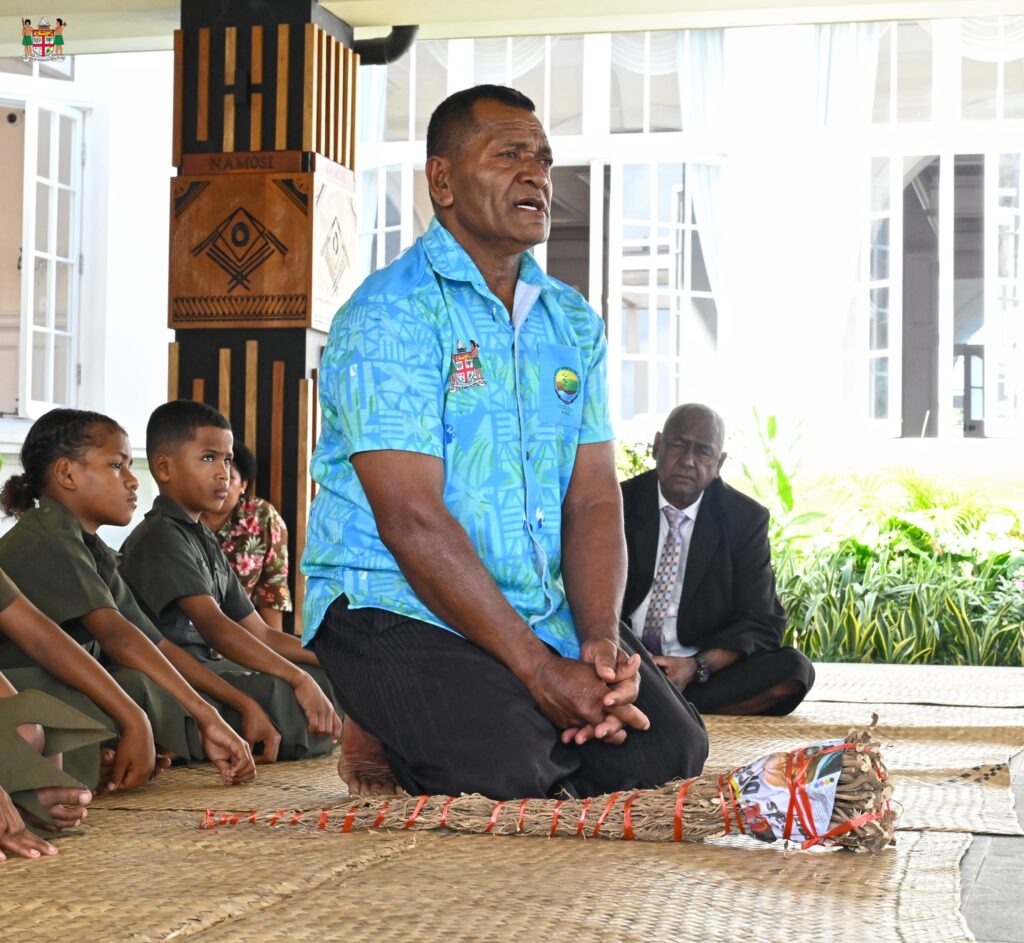
Image: Fijian Government | Presentation of the Sevusevu at the State House
3. Other Traditional Fijian Ceremonies
While Meke and Sevusevu are two of the most well-known Fijian ceremonies, there are many other cultural practices that hold great significance in Fijian society. These ceremonies are often tied to key life events, including births, weddings, and funerals.
Bula Ceremony: Welcoming Guests
The Bula ceremony is a welcoming ritual that is performed to greet guests, whether they are locals or foreigners. The word “Bula” itself means “life” and is often used as a greeting in Fiji. During this ceremony, guests are warmly welcomed with song, dance, and offerings of food and drink. It’s a way to honor the visitors and celebrate the joy of having them in the community.
Funerals: Honoring the Departed
Fijian funeral ceremonies are deeply respectful and reflective of the culture’s reverence for ancestors. The ceremonies involve extended family and village members coming together to pay their respects to the deceased. Traditional chanting, singing, and the presentation of offerings are common during Fijian funerals. The funeral serves as a way to ensure the smooth transition of the spirit to the afterlife, with the community’s support offering comfort to the grieving family.
Weddings: A Celebration of Union
Fijian weddings are filled with cultural significance and are celebrated with great joy. The wedding ceremony often includes the Sevusevu as well as traditional vows, dancing, and feasting. The union of two people is viewed not only as a joining of two individuals but also as a merging of two families and communities.
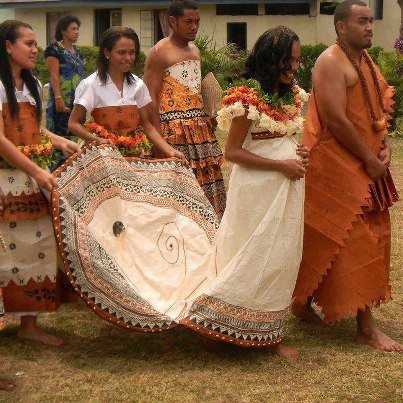
4. Cultural Significance of Fijian Ceremonies
Fijian ceremonies are not just events; they are an expression of the country’s cultural identity. They hold deep meaning for the Fijian people, reinforcing bonds between family, community, and nature. These ceremonies are also an important way of passing down traditions to younger generations, ensuring that the rich heritage of Fiji is never lost.
The values of respect, unity, and gratitude are central to these ceremonies. The people of Fiji see their traditions as a way of honoring their ancestors, maintaining peace within their communities, and celebrating the beauty of life. Each ceremony carries its own message, whether it’s the importance of respect in the Sevusevu, the joy of life in the Bula ceremony, or the remembrance of ancestors in funeral rites.
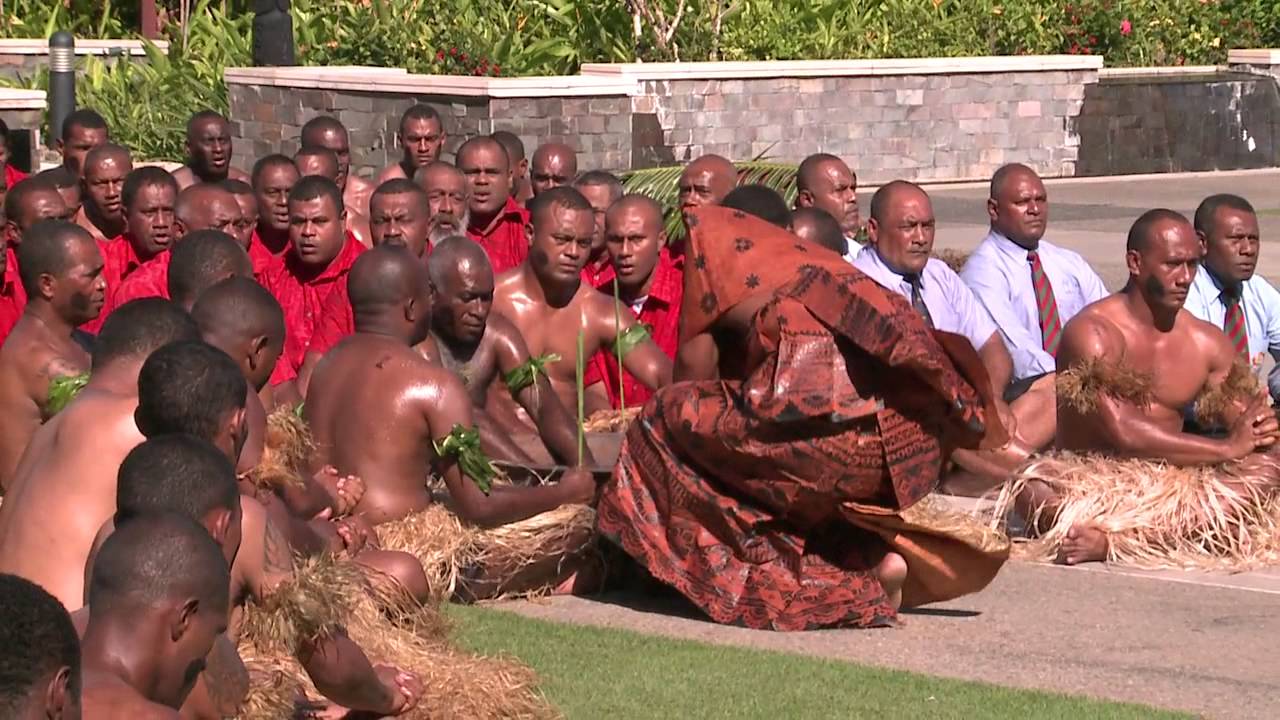
Conclusion: A Living Tradition
Fijian ceremonies are more than just rituals; they are a living tradition that continues to evolve while staying deeply rooted in the past. From the lively dances of the Meke to the respectful exchanges of the Sevusevu, these cultural practices offer a window into the heart of Fiji’s history and way of life. Each ceremony is a celebration of the connections that bind people together and the reverence they have for their culture, land, and ancestors.
As Fiji moves forward in a modern world, these ceremonies remain a key part of its cultural fabric, showing that no matter where life takes the Fijian people, their traditions will always be there to guide and connect them.
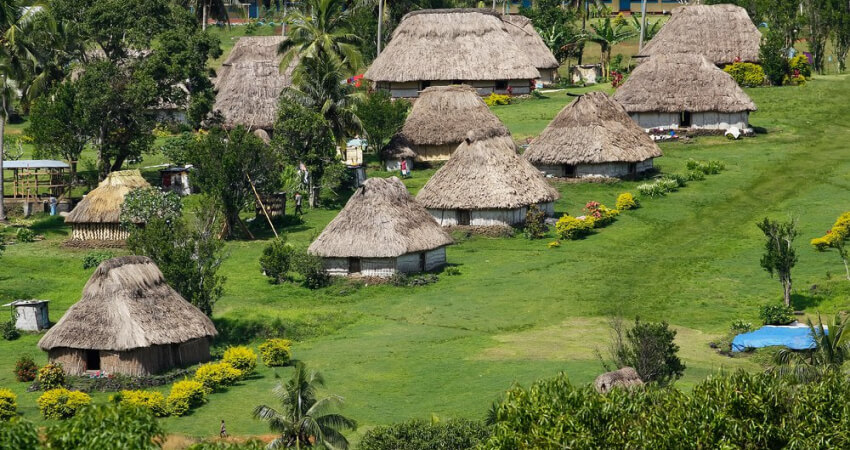
You May Also Like : The History and significance of kava (yaqona)
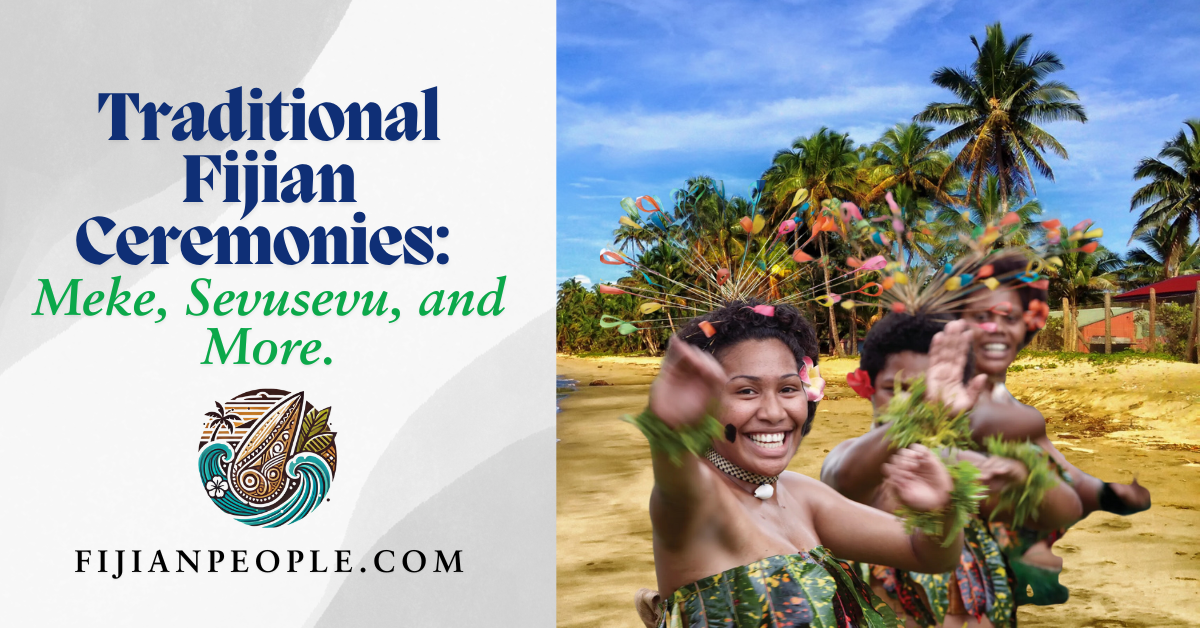
2 Replies to “Discover the Magic of Traditional Fijian Ceremonies: 5 Vibrant Cultural Rituals”